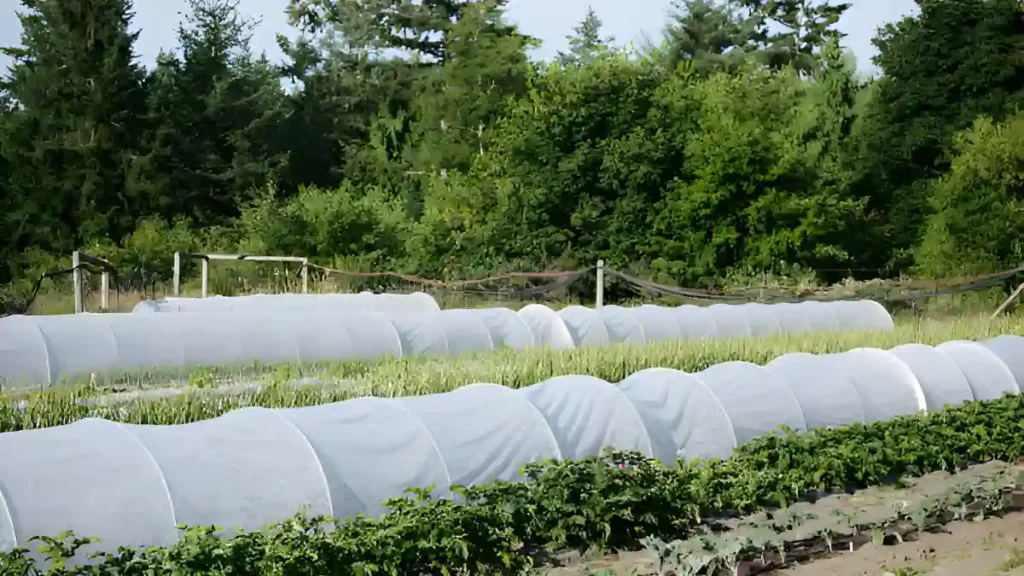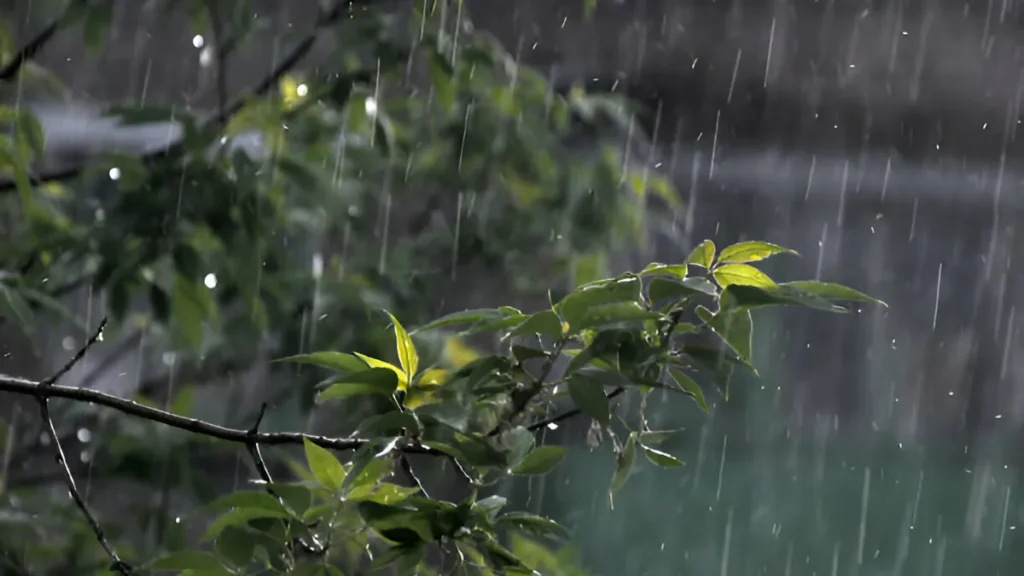A joyful and satisfying activity, gardening enhances our lives with fresh produce, beauty, and peace. But gardens are at the mercy of nature, and one of the hardest enemies gardeners have to contend with is persistent rain. Although rain is necessary for plants to develop, too much rain can cause a variety of issues such as nutrient loss, root rot, soil erosion, and plant damage. This article will provide useful information and practical advice on how to protect plants from heavy rain.
Here are some effective strategies on how to protect plants from heavy rain:
1. Enhance soil drainage:
To strengthen the soil’s structure and drainage, add compost or well-rotted manure. Cover your plants with a thick layer of organic mulch. Mulch lessens soil erosion by absorbing excess water. Raised beds help enhance drainage and keep water from collecting around the roots of your plants.
2. Coverage
To protect your plants from wind and rain damage, cover them with overturned pots, bowls, buckets, or other suitable-sized containers. To keep the coverings in place, be sure to weigh them down. Bricks, cement blocks, and pebbles will all function perfectly.
3. Pick resilient plant varieties
Choose plant cultivars that are reputed to tolerate prolonged periods of rainfall. Because they are adapted to the local environment, native plants are frequently a suitable choice. These plants are less sensitive to water stress because they are more sturdy and have access to deeper soil layers.
4. Row Covers
A thick row cover, sometimes known as a frost blanket, can help shield smaller plant beds and rows from storm damage. When using this strategy, it’s crucial to weigh the row cover down firmly and leave additional space on either side before a significant storm.

5. Use the right planting techniques
Plants should be arranged suitably to allow for enough air circulation, which speeds up their drying out after rain. Plant plants on small mounds to enhance runoff if the plants are especially susceptible to waterlogging.
Conclusion:
Lastly, how to protect plants from heavy rain? To maintain the health and longevity of your plants, you must shield your garden from prolonged periods of precipitation. It is possible to shield your garden from the destructive effects of prolonged rain by using these precautionary steps. Proper planting methods, effective drainage systems, and temporary protection measures will all work together to keep your plants robust and healthy.
Certainly! If you’d like to learn more, please consider following our WhatsApp Channel: Harvest Gardening
A frequently asked questions:
Q1: Are there specific types of plants that are more resilient to heavy rain?
A1: Yes, some plants—like ferns, marsh milkweed, and marsh marigold—do better in damp environments. Garden resilience can be increased by choosing plants that can withstand severe rain in locations that are prone to it.
Q2: How to protect plants from frost?
A2: Plants should be covered with cloths or frost blankets for protection from frost, and the soil should be watered in the afternoon to retain heat. As an alternative, bring indoors or into a greenhouse potted plants.
Q3: How to protect plants from wind damage?
A3: To lessen the effects of severe winds and shield delicate plants from damage to stems and leaves, use windbreaks like fences or shrubs around them.



